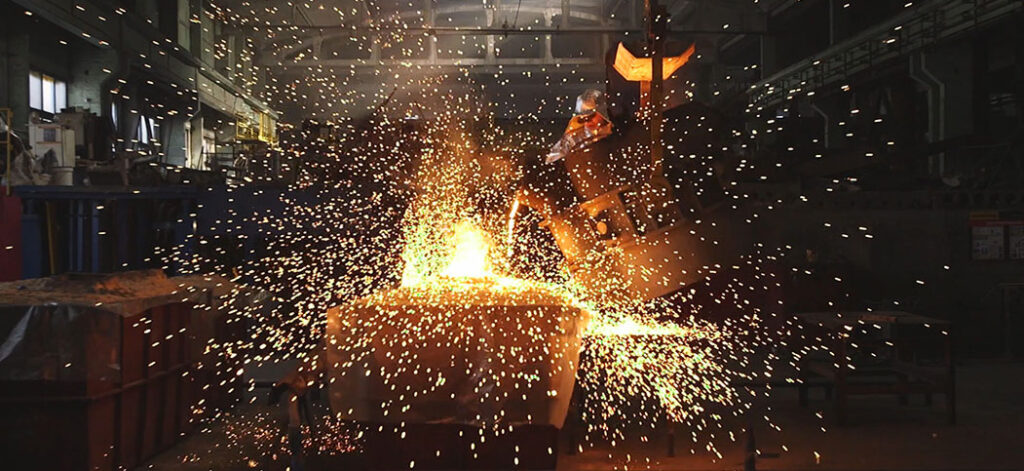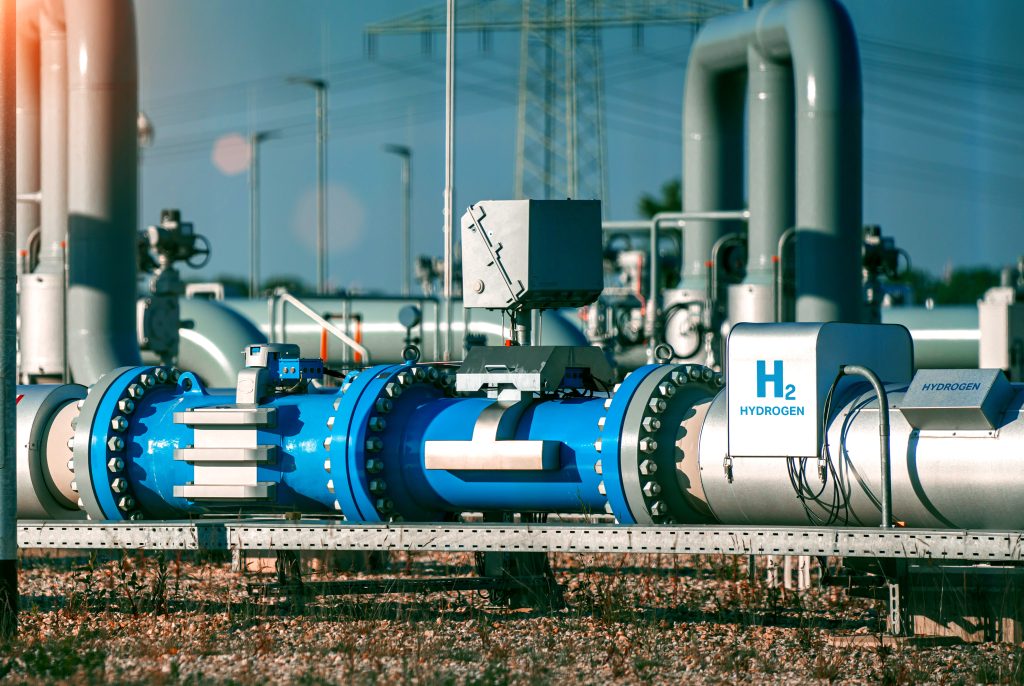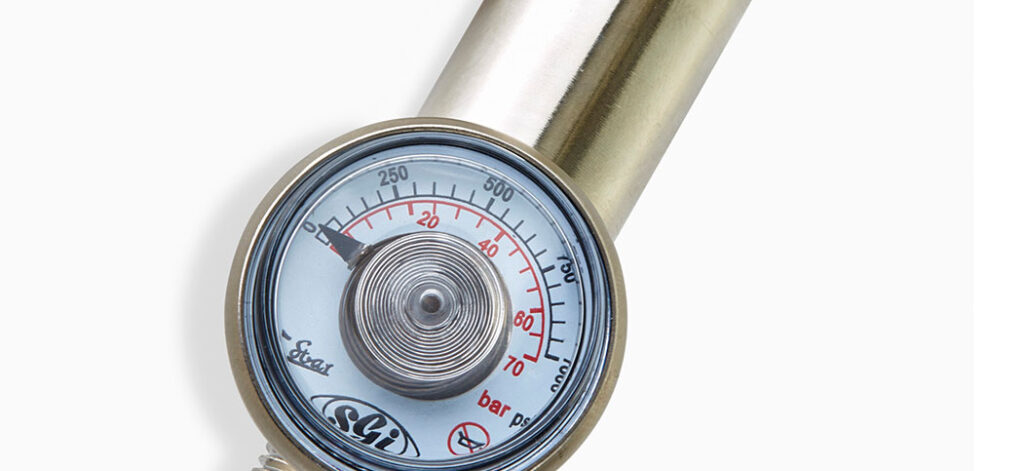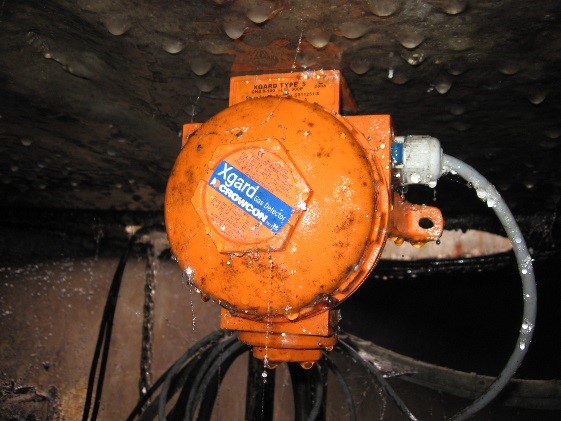En février 2019, l'exécutif britannique chargé de la santé et de la sécurité a renforcé l'obligation de protéger les travailleurs contre les fumées de soudage. Cette mesure fait suite à de nouvelles recherches qui ont identifié le soudage de l'acier doux comme une cause de cancer du poumon et, éventuellement, du rein.
Le soudage est un processus très énergique qui produit toute une série de composés, dont beaucoup sont extrêmement nocifs, comme les radicaux libres hautement réactifs qui peuvent endommager tous les tissus avec lesquels ils entrent en contact. Mais les particules métalliques sont les plus nocives de toutes les émissions du soudage. Notre organisme est adapté pour traiter les poussières à base de carbone telles que le pollen, mais il ne peut pas se prémunir contre les dommages durables causés par les poussières métalliques, qui peuvent perturber de manière permanente la protection naturelle des poumons et exposer les personnes à des infections dangereuses.
Les attentes révisées du HSE obligent désormais les employeurs à prendre des mesures spéciales pour protéger les travailleurs exposés aux fumées de soudage de tous types, car la ventilation générale ne permet pas d'obtenir le contrôle nécessaire.
Tout soudage génère une série de gaz et de particules, les différents types de soudage et de matériaux générant une variété de risques potentiels pour la santé.
Par exemple, le soudage au gaz produit du dioxyde d'azote, dont l'inhalation peut entraîner un œdème pulmonaire, tandis que l'inhalation des fumées de soudage à l'arc électrique peut provoquer une toux chronique et une bronchite. Le soudage de l'acier zingué ou galvanisé peut provoquer la fièvre des vapeurs de zinc, qui est liée aux maladies coronariennes, tandis que le soudage de l'acier inoxydable génère du chrome hexavalent, qui peut entraîner un cancer du poumon. L'asthme est un risque particulier lors du soudage d'acier revêtu de polyuréthane ou de tuyaux. En outre, de nombreuses applications de soudage libèrent des métaux neurotoxiques tels que l'aluminium, le plomb et le manganèse. L'exposition au manganèse peut provoquer une maladie similaire à la maladie de Parkinson, par exemple.
Le bulletin du HSE (STSU1 - 2019) indique que les entreprises doivent prendre les mesures suivantes pour atténuer les risques posés par le soudage :
1. S'assurer que l'exposition aux fumées de soudage dégagées est contrôlée de manière adéquate à l'aide de mesures d'ingénierie, généralement par une ventilation par aspiration locale (LEV).
2. Assurez-vous que des contrôles appropriés sont prévus pour toutes les activités de soudage, quelle qu'en soit la durée. Cela inclut le soudage à l'extérieur.
3. Lorsque les contrôles techniques ne suffisent pas à maîtriser l'exposition, un équipement de protection respiratoire (EPR) adéquat et approprié doit être fourni pour maîtriser le risque lié aux fumées résiduelles.
4. S'assurer que tous les contrôles techniques sont correctement utilisés et entretenus, et qu'ils font l'objet d'un examen et d'un test approfondis si nécessaire.
5. S'assurer que tout EPR est soumis à un programme d'EPR, qui englobe tous les éléments d'utilisation de l'EPR nécessaires pour garantir que l'EPR fournit une protection efficace.
APERÇU DE L'INDUSTRIE
Abonnez-vous pour recevoir les dernières informations
dans votre boîte de réception.
En savoir plus sur la politique de Crowcon en matière de la vie privée et de de Crowcon ici. Si vous changez d'avis, vous pouvez vous désinscrire à tout moment.






